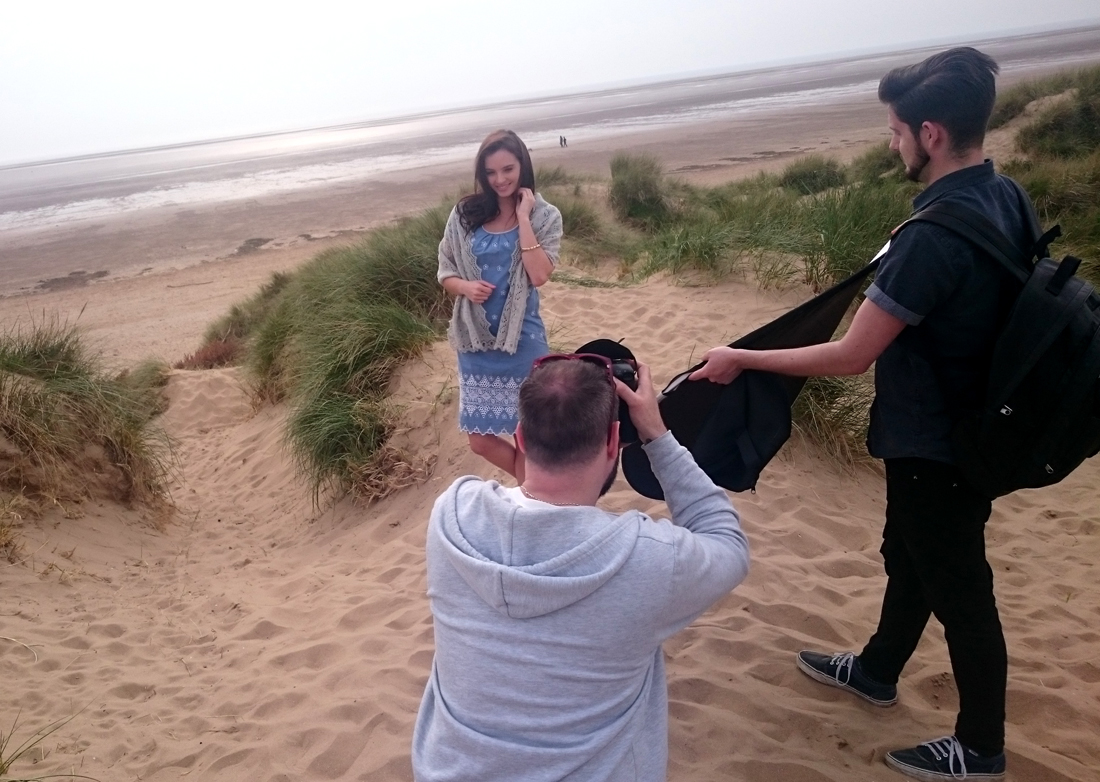
Designers who create knitted or sewn garments often face the added challenge of finding and hiring models for photo shoots. It can be tough to find a model that has the right look, is experienced and at ease in front of the camera, while also being affordable enough to hire on a modest budget.
The first, and perhaps least expensive, option is to hire a friend or family member. Photographer Gale Zucker often hires “real people” to model for shoots she’s doing with knitwear designers.
“These [models] are folks I know who have the right size and proportion bodies for the samples, are attractive or interesting, have the right looks, a sense of style and movement and are comfortable in front of the camera,” Zucker says, adding that she has had the best luck with actors and athletes. “One of my favorite ‘real people’ models was referred to me via the Circus School in Brattleboro, Vermont. She was so awesome to work with because of her balance and movement skills. I have also used yoga teachers and dancers as ‘real people’ models, very successfully.”
If you choose to ask a friend or family member to model for you, consider hiring a professional makeup artist and hairstylist for the shoot.
“When I work with ‘real people’ models I do my best to insist on professional makeup and hair to elevate the production values,” Zucker says. “It makes a huge difference to the overall look, plus it is fun for these generous souls who are posing.”
Beyond friends and family, another option is to hire a model that is just starting out and is not represented by an agency. Model Mayhem is a popular site for finding models at this level. Although it is possible to find excellent models on Model Mayhem, it takes some patience. Many profiles are outdated and some veer toward pornographic. Expect to pay models you find on the site $100 per diem and up to $50 per hour. Zucker has found that Model Mayhem models can often do their own makeup, which may save you money in the end.

Photographer Caro Sheridan has also successfully hired models using online sites.
“When I lived in Boston I hired via Craigslist,” Sheridan says. “Most of them were agency models working on the sly. I usually paid $50 per hour.”
Now that she lives in a more rural part of the state, though, Sheridan says Craigslist is no longer a good option: “Craigslist out here is mostly amateur porn modeling.”
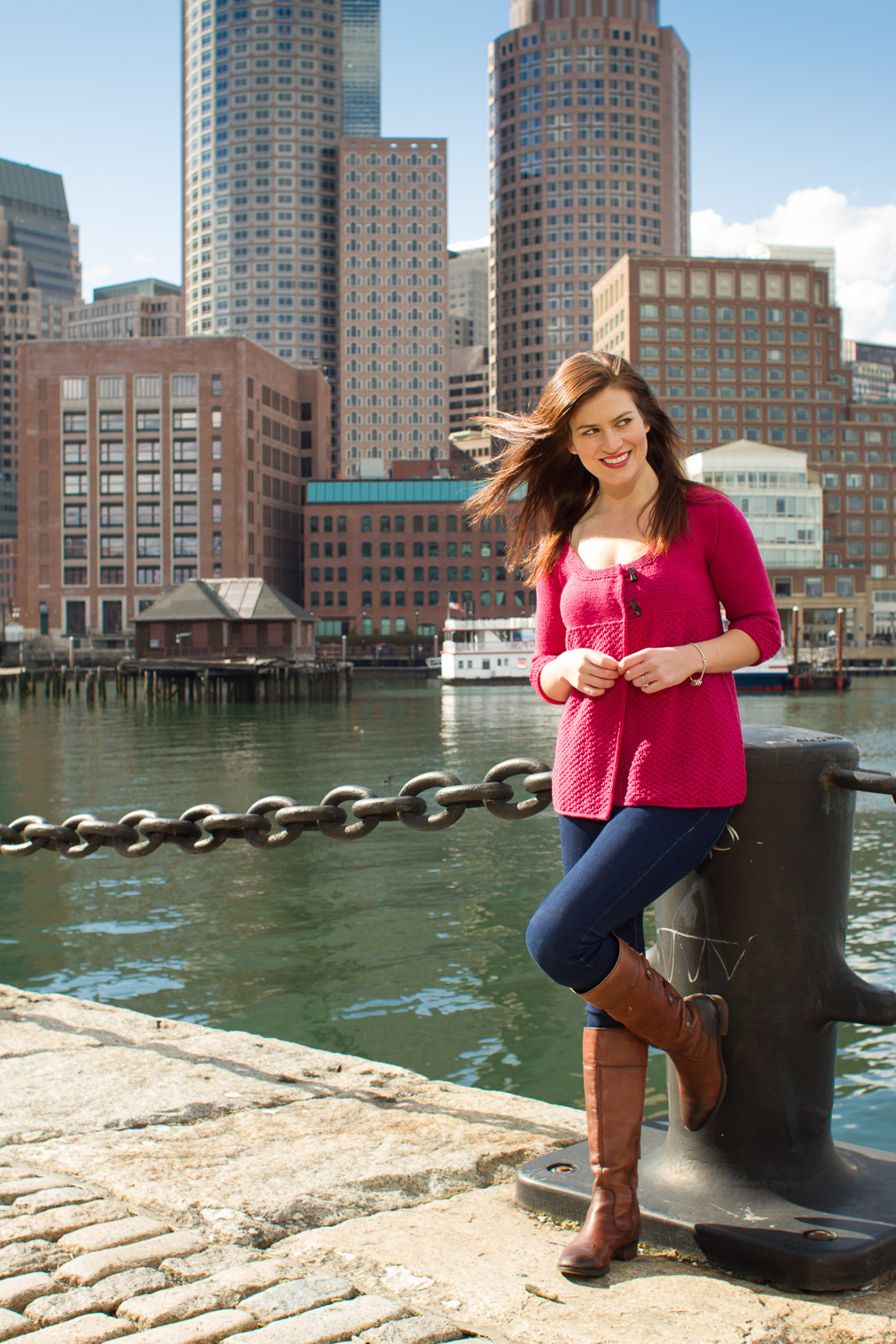
The most expensive option is to work with a modeling or casting agency. However, if you need a model with a very specific look — or in a specific age range, this may be your best bet. There are agencies that represent models of different demographics, including children and older women, so it’s likely you’ll find the exact type of model you’re looking for. Experienced models know their craft well that can add significant benefit to your shoot.
“If you can hire a model with lots of experience, your shoot can go very smoothly and quickly,” Sheridan says. “Experienced models know to change their pose after they hear the click of the camera, they’ll ask questions about what sort of look and feel you’re striving for, and they will take direction well. That’s the benefit — you’ll pay more money, but you’ll save time and effort to get the photos you need.”
Knitwear designer Ann Kingstone has worked with both amateur and professional models when shooting her designs and says she noticed the difference between the two.
“Only one of the models I have worked with was a professional model with substantial experience,” Kingstone says. “Though the amateur models I have worked with did a great job in the end, the difference when working with the experienced professional was incredible. The amateur models require much direction and training, with lots of time spent on getting and maintaining desired poses and facial expressions. By comparison, shoots with the professional model were slick and easy with noticeably better results.”

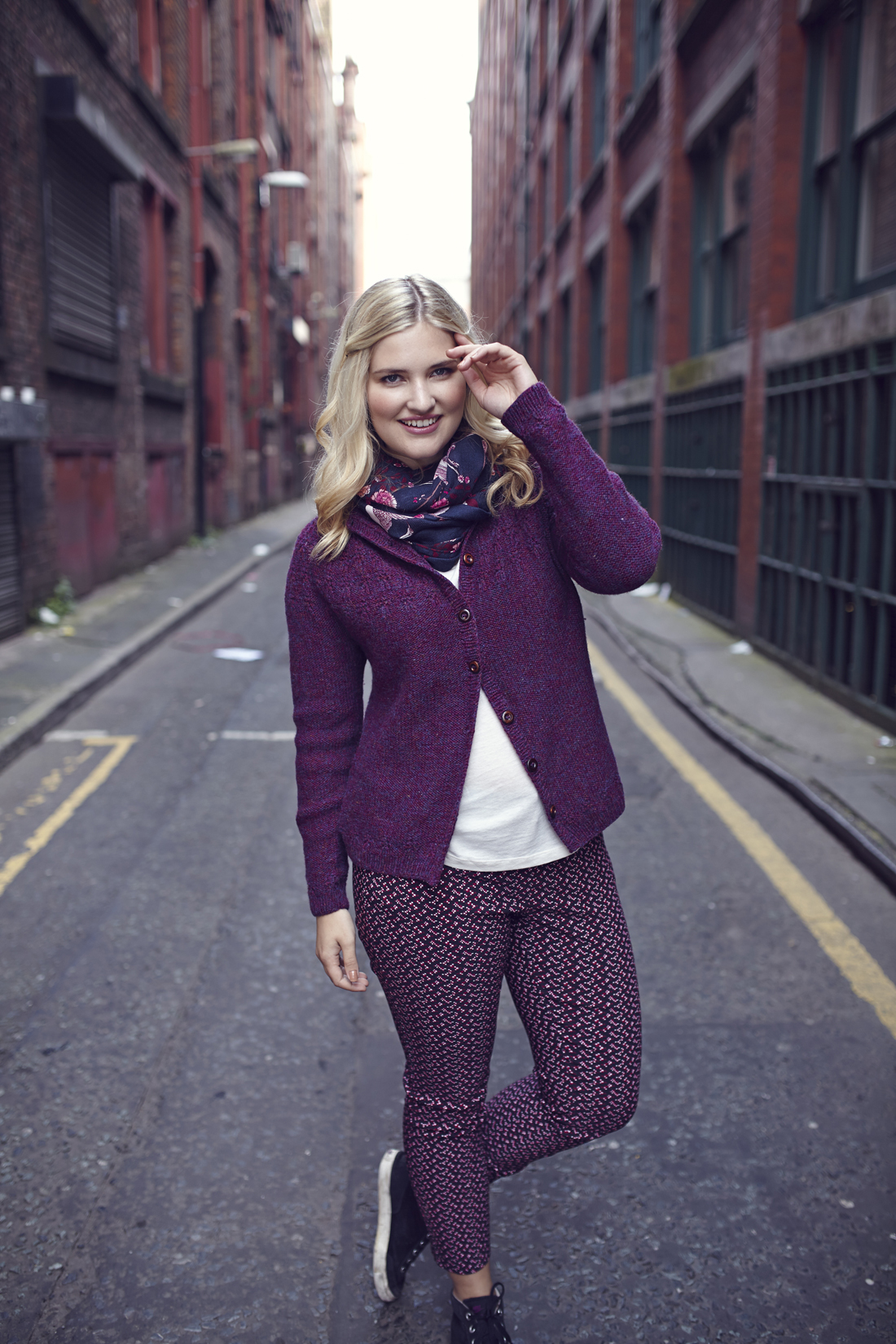
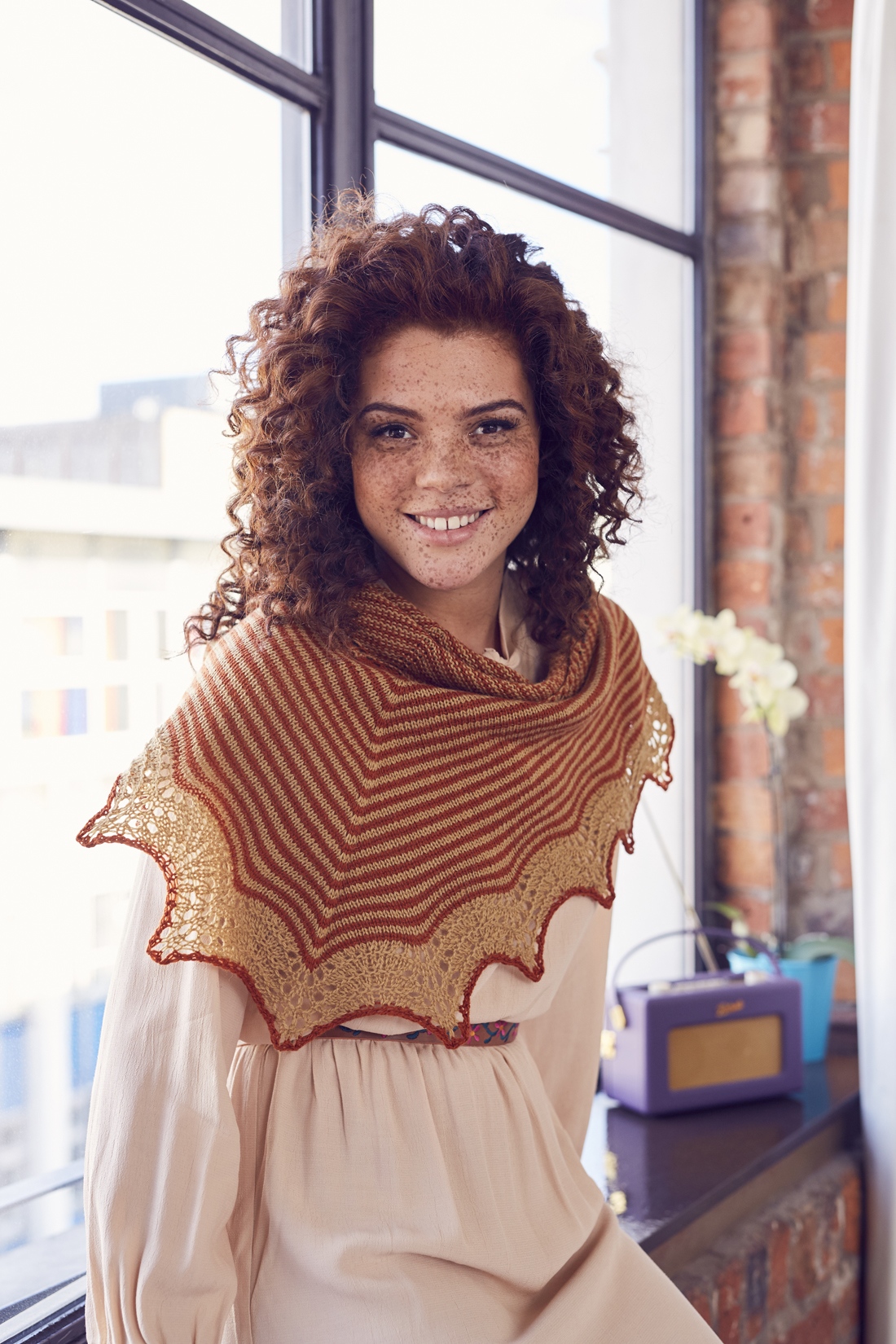
— Ann Kingstone
When looking for a model, consider what look, size and age would be ideal. Kate Heppell, editor of UK-based Knit Now magazine, explains: “One of the hardest things for me is to find a diverse range of models. Unfortunately, because of the way the industry is, the models who get the most work are usually young, slim, white women — there’s nothing wrong with those women, but I don’t want every shot to look the same.”
Kingstone’s brand is strongly aligned with her home in Yorkshire and she wants the images that show off her patterns to stay true to the people in that area.
She also had great feedback on patterns that were shown on a model that wasn’t skinny.
“The adult model I have worked with most is a UK size 12, at least one size larger than is generally used in the fashion industry,” Kingstone says. “Among others, I have also worked with a much larger model than this, and I’ve received very positive feedback from knitters about this.”
For Amy Thomas, editor of the popular UK-based Love Sewing magazine, finding models of the right age is key.
“I need models who look appropriate for my audience, which is predominantly aged 40-plus, but don’t alienate my younger readers,” Thomas says. “They need to look like women, not girls, but that’s the opposite of the majority I see.”
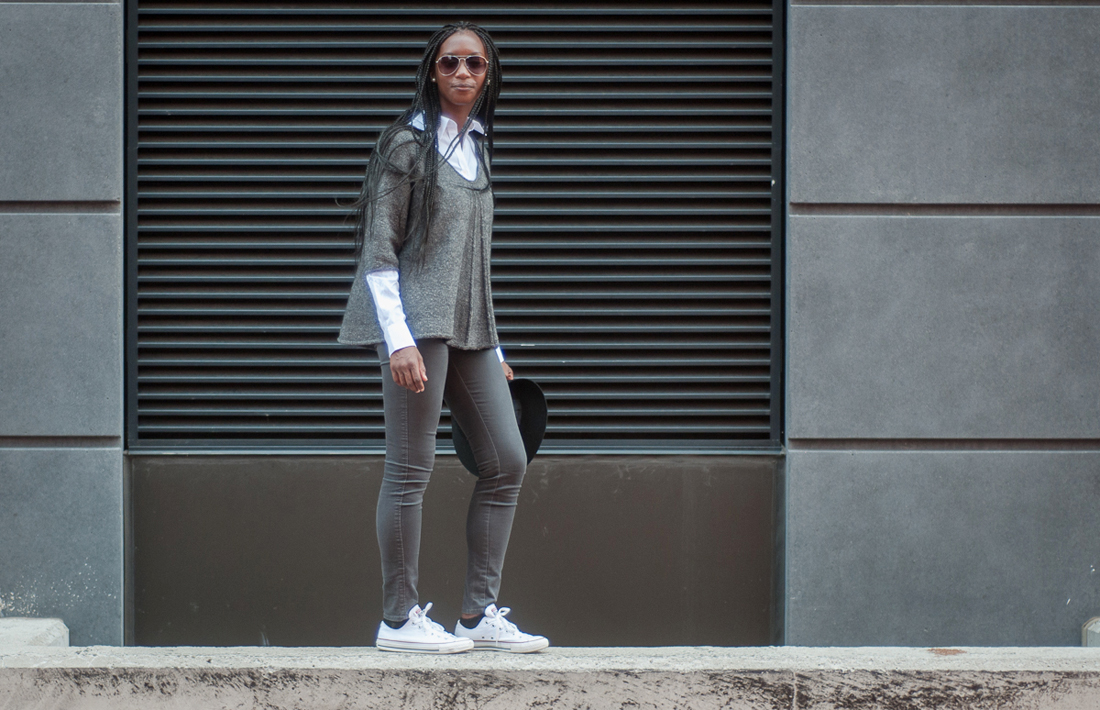
When it comes to paying models, some are willing to work for free in order to build their portfolios, a practice that is referred to as TFP or “time for print.” For crochet designer Rohn Strong, this arrangement works well.
“It’s an investment for all parties,” Strong explains. “The photographer donates his time, the model his, and I just supply the garment. I’m all for working for exposure. It’s how I built a successful full-time career.”
Other designers feel differently. Kingstone insists on paying her models, no matter their experience.
“I’m concerned about the work-for-free ethic that pervades our industry, so I pay all my models,” Kingstone says. “As with most hand-knit designers, my income is relatively low, so I would struggle to pay agency levels. Instead I offer a standard fee of £50 per half-day, which is about a third of what the agencies I’ve approached charge.”
Sheridan agrees: “I know there are a lot of models that will work for portfolio shots in exchange for modeling, but I’m not cool with that at all. I expect to get paid, the tech editor expects to get paid, the pattern author expects to sell the pattern, why wouldn’t the model?”
Sheridan also makes the finished shots available to the model to use in a portfolio and provides tear sheets as well.
Sheridan also recommends giving them your website to check out.
“I always share my website and previous work examples, too,” she says. “Part of hiring typically youngish women on the internet is making sure they know I’m legit and not some creeper.”
Zucker recommends that you ask your models “what their current hair and size status is, and ask about tattoos or piercings. Specifically, ask about bra size and height too, so you get no surprises by models who do not look at all like their portfolio shots.”
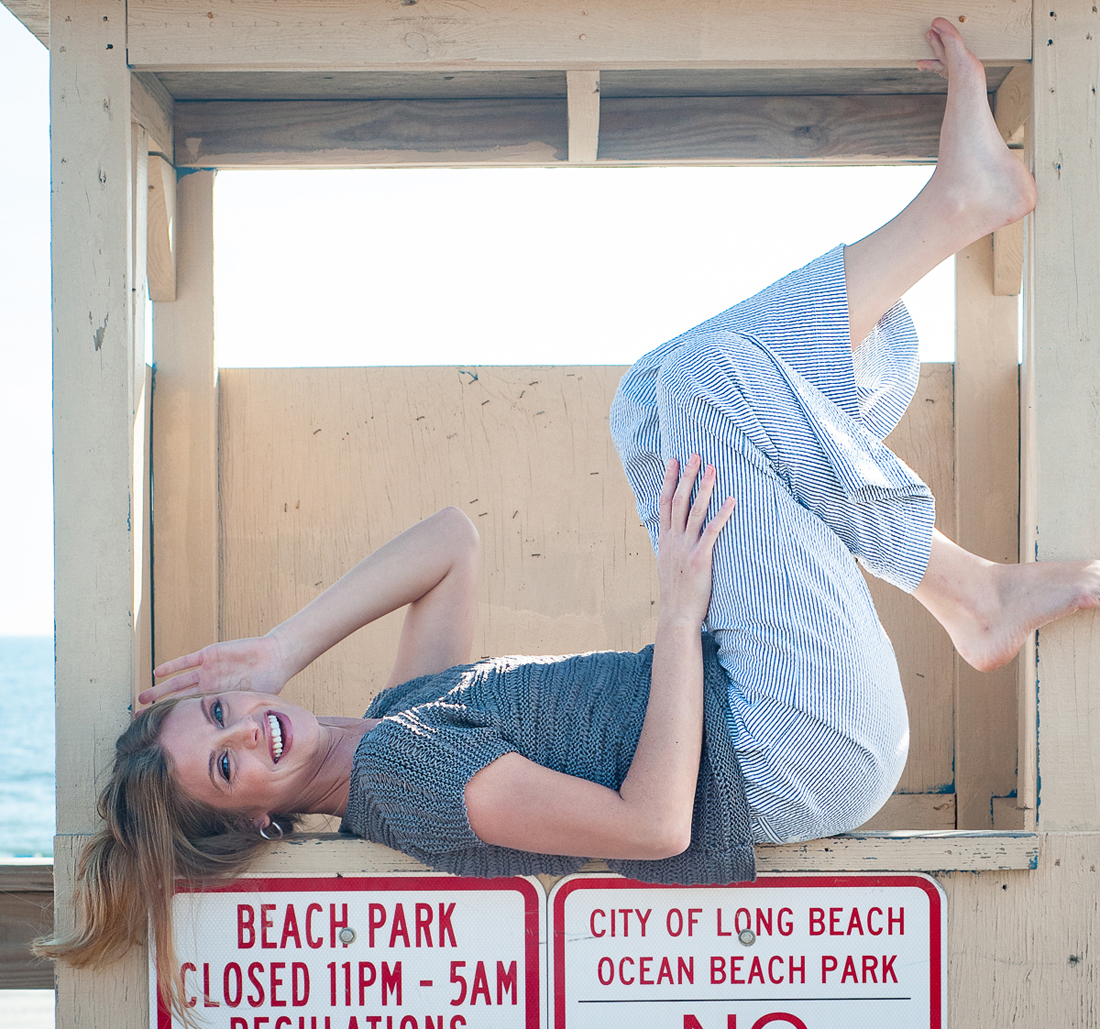
Even with clear communication, sometimes shoots will go wrong. Sheridan remembers one such shoot that deteriorated fast.
“The biggest nightmare I’ve had was someone who showed up clearly high, with his hair color drastically different from the photos he’d shared, who would light up a cigarette the instant you turned your back. In the hand-knit sweaters! We had to ask him to leave,” she says. “And when he did, he tried to take the sweater with him.”

Thank you!!! this is awesome!! Gives me a lot to think about in the upcoming months 😀
These look like great shots. I’m often frustrated by patterns with photos that don’t actually show the knitwear because of hair or scarves or a pose that hides details I want to see.
That’s generally because the photographer doesn’t understand photographing knit or crochet pieces. It’s totally different from general modeling or other lifestyle shots. When I photograph hats, the models always think I’m crazy, because I photograph the backs or their heads. How else can I show a crown decrease? And don’t get me started on shooting pictures of seams on sweaters. Not to mention just photographing the hands holding something for mitts or mittens. It’s a completely different way of photographing stuff. I think a lot of designers are just getting friends to do the photos and those friends are portfolio building for their business. So you wind up with inexperienced photographers who also don’t understand what people want to see in pattern photos. It’s a completely different visual language than anything else I’ve ever photographed.